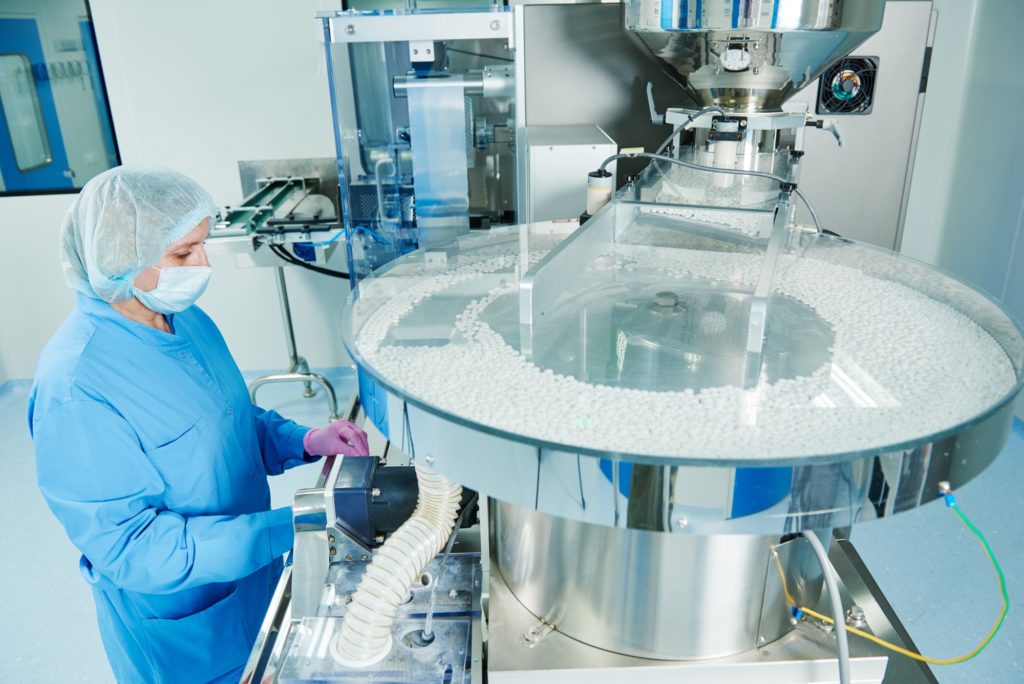
In today’s healthcare landscape, Healthcare Logistics providers are always looking for ways to improve efficiency and quality of care. One way to do this is by streamlining the process with technology.
There are a variety of ways to do this, from electronic health records (EHRs) to barcoding and tracking systems.
In this blog post, we’ll explore how healthcare logistics can be improved with technology and what benefits it can bring to providers and patients alike.
Technology in Healthcare Logistics
Technology is ubiquitous in healthcare today, impacting everything from patient care to administrative tasks. From GPS tracking of inventory and shipments to electronic medical records (EMRs), technology has become integral to the efficient delivery of healthcare services.
One area where technology can play an important role is logistics. Healthcare providers need to keep track of their inventory, ensuring that only the necessary items are available at any given time.
With today’s advanced parcel tracking systems, this can be done quickly and easily. Additionally, transportation arrangements for medical supplies must be made quickly and efficiently so that patients get the best possible care.
Transportation planning software allows hospitals and clinics to track when shipments will arrive, where they’re located, and what needs to be done once they arrive on-site.
This information makes coordination between multiple facilities much easier, allowing for more timely deliveries of vital supplies.
Streamlining the Process with Technology
Technology has revolutionized the way we do business, and healthcare logistics is no exception. By using technology, healthcare providers can streamline their processes and improve efficiency.
One of the most common ways to use technology in healthcare logistics is to automate processes. By automating certain tasks, providers can free up their time to focus on more important tasks.
This can help them to improve their overall workflow and increase efficiency.
Another way to improve efficiency in healthcare logistics is to use technology to manage data. By tracking data, providers can better understand their operations and make better decisions.
This information can then be used to improve processes and increase efficiency.
In addition to using technology to improve efficiency, providers can also use it to connect with customers and suppliers.
By using online platforms, providers can connect with customers and suppliers more easily. This can help them to improve their relationships and increase efficiency.
The Benefits of Technology in Healthcare Logistics
Technology is playing a larger role in the healthcare system, and for good reason. It can streamline processes and help ensure that patients receive the best possible care.
One of the main benefits of technology in healthcare logistics is its ability to reduce errors.
With systems like barcode scanning and computer-aided health record (CAH) systems, it’s much easier to keep track of medication orders and other medical records.
That saves time and money, since unnecessary paperwork can lead to mistakes or delays in care.
Another big advantage of technology is its impact on safety. By using tracking software, hospitals can monitor patient movements around the facility—and especially during surgery—so that accidents don’t happen.
And thanks to video surveillance systems, they can quickly respond if something goes wrong.
In short, by using effective technology in healthcare logistics, providers are able to improve efficiency and accuracy while keeping patients safe.
How Technology Can Improve Healthcare Logistics
In recent years, healthcare logistics has seen a rise in the use of technology to improve efficiency.
By implementing technology into their logistical processes, healthcare providers can streamline their workflows and lower costs.
Here are five ways that technology can help improve healthcare logistics:
- Automation: Technology can automate many of the tasks involved in shipping and receiving medical supplies. This reduces the need for human interaction, which leads to increased efficiency and accuracy.
- Data Entry: Technology can also help doctors track inventory levels and make better decisions about ordering new supplies. This information is then used to optimize warehouse space and order incoming medical shipments pre-emptively.
- Surveillance Systems: Monitoring systems allow hospitals to keep tabs on everything from patient volumes to shipment arrivals/departures. This helps ensure smooth operational flow while minimizing disruption or errors.
- Collaboration Tools: Communication tools like chat rooms and collaborative filtering platforms enable partners across different departments to share data quickly and easily. This reduces redundancies and hiccups along the supply chain, boosting overall efficiency.
- Track & Trace Tracking: By following specific tracking codes throughout the supply chain, businesses can monitor where products are located at all times – pinpointing any issues along the way (and avoiding expensive penalties).
Using Technology to Reduce Costs in Healthcare Logistics
Healthcare logistics is a process that involves moving patients from one location to another for treatment. The process can be time-consuming and expensive, which is why technology can be so helpful.
One way technology can help reduce costs in healthcare logistics is by automating processes. For example, hospitals can use technology to track patient data and order supplies automatically.
This way, the hospital can focus on providing care instead of spending time and money on administrative tasks.
In addition to automating processes, technology can also help hospitals track inventory.
This information can help hospitals identify when supplies are running low and order more accordingly.
By using technology in this way, hospitals can save money and improve efficiency.
Overall, technology can be a powerful tool for reducing costs in healthcare logistics. By automating processes and tracking inventory, hospitals can save money and improve efficiency.
The Future of Healthcare Logistics
The future of healthcare logistics is looking increasingly digital. Technology is helping to streamline the process and reduce costs. Here are some of the most common technologies used in healthcare logistics:
- GPS tracking: This technology is used to track the movement of goods and can help to ensure that they are delivered where they are needed most.
- RFID: RFID tags are small, wireless devices that can be attached to items to track their movements. This technology is becoming increasingly popular in healthcare as it allows for more accurate tracking and faster processing of transactions.
- Automated vehicles: Automated vehicles are becoming increasingly popular in healthcare as they allow for faster and more efficient delivery of goods. They can also help to reduce the amount of time that staff need to spend on tasks such as deliveries.
Technology can play a big role in streamlining healthcare logistics and making the process more efficient.
By automating tasks and improving communication, technology can help to reduce costs and improve the quality of care.
In the future, healthcare logistics is likely to become even more reliant on technology, as the industry looks for ways to further improve efficiency and quality of care.
This is where American Expediting shines because we are in front of the technology that is going to streamline healthcare logistics.
American Expediting is already using the scanning process, GPS Tracking, Data entry, and surveillance systems.
Give us a call today to learn more at 412-321-4546 or visit our website https://americanexpediting.com/

